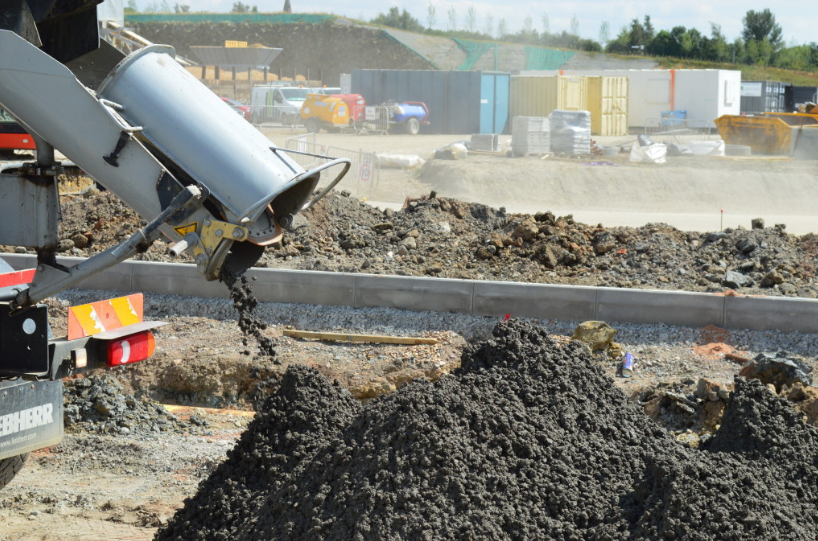Why Would My Concrete Fail and How Do I Prevent This from Happening?
Concrete isn’t just hard to touch, it can also be an extremely tricky substance for DIY-ers to work with. Just one wrong step can cause irreversible results, where your concrete fails and needs to be replaced. A mistake that can be both costly and time-consuming.
To keep you from DIY-disaster, follow these fail-proof tips to keep your concrete smooth, strong and ready to withstand all weathers:
Buy Your Ready Mixed Concrete from a Reputable Source
One of the most common mistakes you can make when laying concrete is to buy cheap. True, it might feel like a bargain at first but, once you start laying it, you’re likely to encounter problems with how well the concrete sets and its overall strength. This could lead to cracks and may cause the concrete to fail in the future.
When you buy from a reputable source, that company will be able to advise you on the best type of ready mix for your project. Not only that, they’ll help you work out exactly how much concrete you will need for that project. Or, use an online calculator to make sure you have enough.
Make Sure Your Site is Prepared Correctly
Like most things in construction, a good foundation is key to a good end-product, and concrete is no different. Before you lay your concrete, you need to make sure that your surface is smooth, level and compact. If you’re laying onto soil, make sure any stones or weeds have been removed, then compact it with a roller.
You’ll want to measure out your area using wooden pegs and string before setting up a concrete framework. Preparation like this will make actually laying your concrete far easier which, in turn, helps prevent you making mistakes that might lead to your concrete not working.
Delivery is Key
When planning your project, it’s important to take into consideration the size and weight of the delivery truck involved. This will need access and, if this is not possible, you will need a plan to move the concrete safely. This will usually involve hiring a separate pump.
Moving concrete from its heap over a long distance can lead to the concrete segregating. This often ends in your concrete honeycombing. To avoid this, concrete should be vibrated in slowly to its destination.
Protect Your Concrete from the Elements
Laying concrete in very cold temperatures – such as when there is snow or frost – can lead to your concrete having a slower strength gain rate. Some suppliers might be able to provide heated concrete; however, this should still be laid quickly and an insulating material placed over it.
Conversely, hot temperatures of over 30 degrees Celsius can also adversely affect your concrete. In these hot temperatures, the moisture from the exposed concrete evaporates. This leads to crazing and cracking on the surface of your concrete.
To avoid this, try to work as quickly as possible. You could consider using a concrete with a higher workability too, as this should compensate for the evaporation.
The key to avoiding concrete failure during a DIY project is planning. Make sure you research all the do’s and the don’ts before you start, and make sure you have all the right equipment ready. With a bit of practice, you’ll be laying concrete as good as the professionals!






